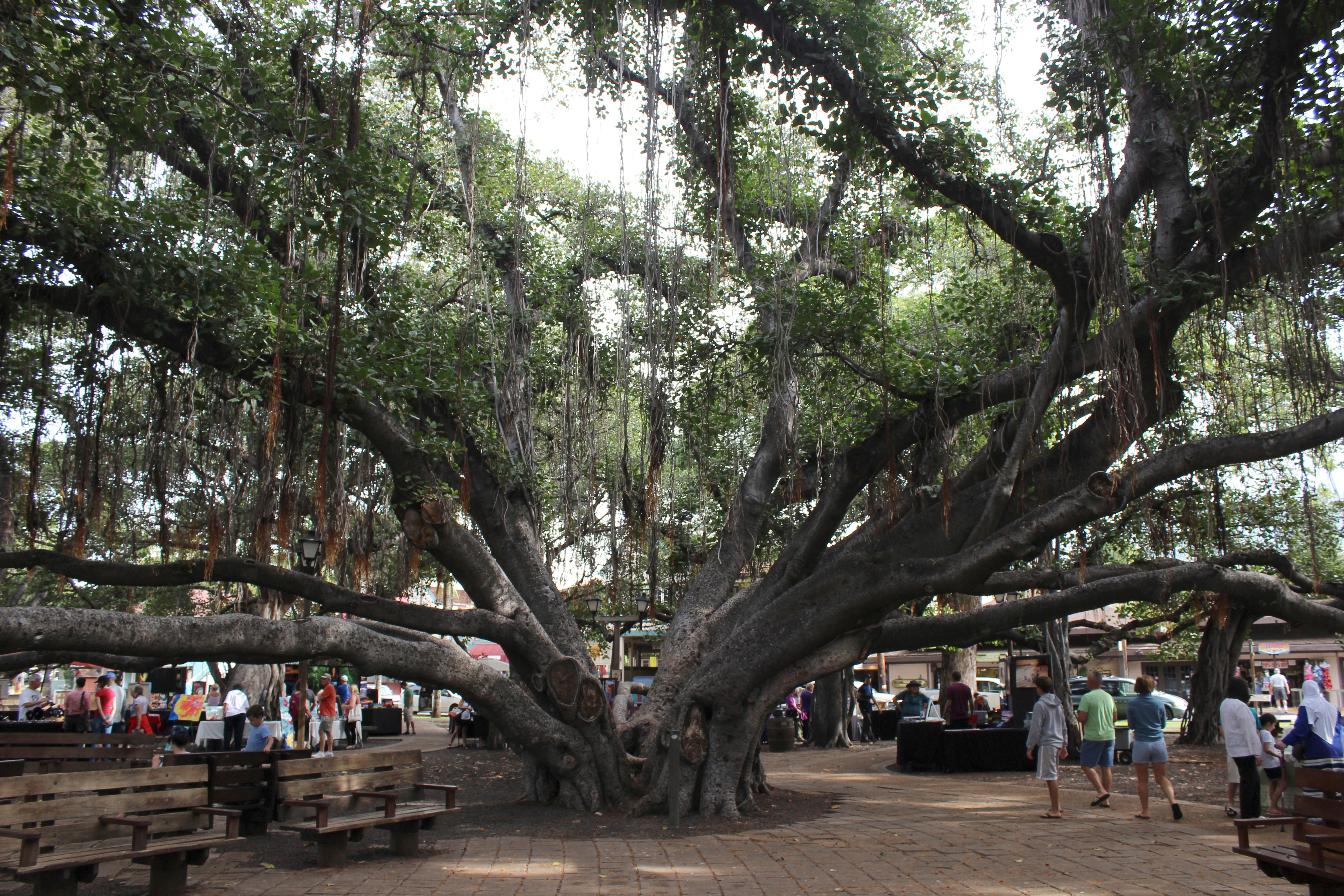Hawaii fires: Lahaina’s beloved 150-year-old banyan tree hit by wildfire
For generations, the banyan tree along Lahaina town’s historic Front Street served as a gathering place

Your support helps us to tell the story
From reproductive rights to climate change to Big Tech, The Independent is on the ground when the story is developing. Whether it's investigating the financials of Elon Musk's pro-Trump PAC or producing our latest documentary, 'The A Word', which shines a light on the American women fighting for reproductive rights, we know how important it is to parse out the facts from the messaging.
At such a critical moment in US history, we need reporters on the ground. Your donation allows us to keep sending journalists to speak to both sides of the story.
The Independent is trusted by Americans across the entire political spectrum. And unlike many other quality news outlets, we choose not to lock Americans out of our reporting and analysis with paywalls. We believe quality journalism should be available to everyone, paid for by those who can afford it.
Your support makes all the difference.For generations, the banyan tree along Lahaina town's historic Front Street served as a gathering place, its leafy branches unfurling majestically to give shade from the Hawaiian sun. By most accounts, the sprawling tree was the heart of the oceanside community — towering more than 60 feet (18 meters) and anchored by multiple trunks that span nearly an acre.
Like the town itself, its very survival is now in question, its limbs scorched by a devastating fire that has wiped away generations of history.
For 150 years, the colossal tree shaded community events, including art fairs. It shaded townsfolk and tourists alike from the Hawaiian sun, befitting for a place once called “Lele,” the Hawaiian word for “relentless sun.”
Ring by ring, the tree has captured history.
The tree was just an 8-foot (2-meter) sapling when it was planted in 1873, a gift shipped from India to commemorate the 50th anniversary of the first Protestant mission in Lahaina. It was planted a quarter century before the Hawaiian Islands became a U.S. territory and seven decades after King Kamehameha declared Lahaina the capital of his kingdom.
“There is nothing that has made me cry more today than the thought of the Banyan Tree in my hometown of Lahaina,” wrote a poster identifying herself as HawaiiDelilah on X, formerly known as Twitter.
“We will rebuild," her post said. "And the natural beauty of Maui will be forever.”
The tree's enormity — and its many trunks — is because of how it grows. Aerial roots dangle from its boughs and eventually latch onto the soil. Branches splay out widely and become roosting places for choirs of myna birds.
While there was lots of concern over the loss of at least 36 lives and the devastation to the community, the tree has become a symbol of the devastation but perhaps the community's resilience, should it survive.
It's unclear what sparked the fire, which quickly raced toward town Tuesday evening. The flames were fanned by brisk winds and fueled by dry vegetation in nearby hills. When the ferocious blaze swept into the historic town, many of the wooden buildings didn't stand a chance and were quickly turned into heaps of ashes.
“It’s kind of the center of town,” said Maui resident Amy Fuqua in an interview with The Associated Press in 2016 when she was the manager of the Lahaina Visitor’s Center. “Everyone knows where it’s at. It has an important significance to the town and it feels good under there.”